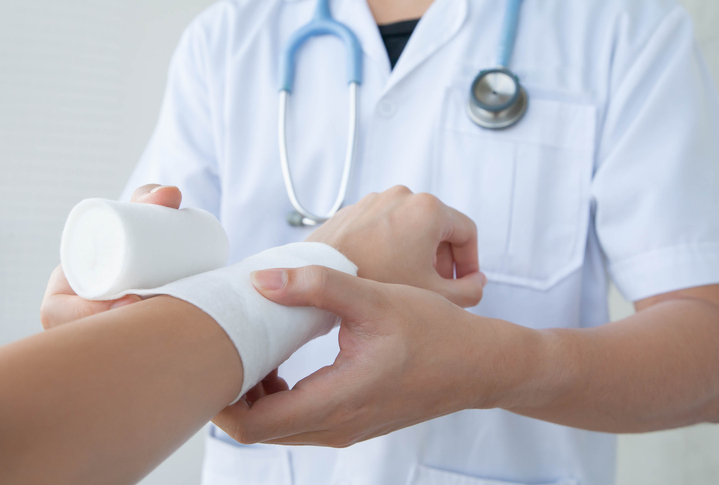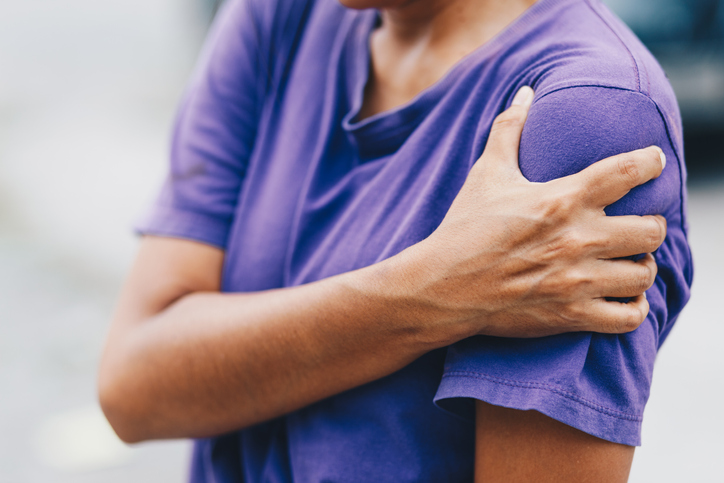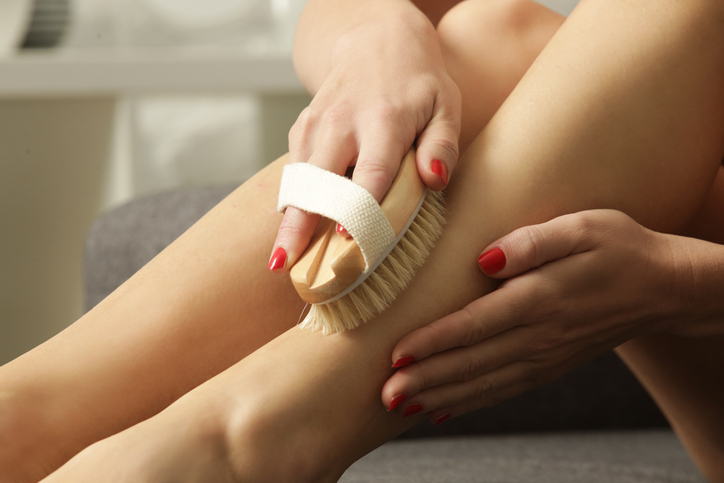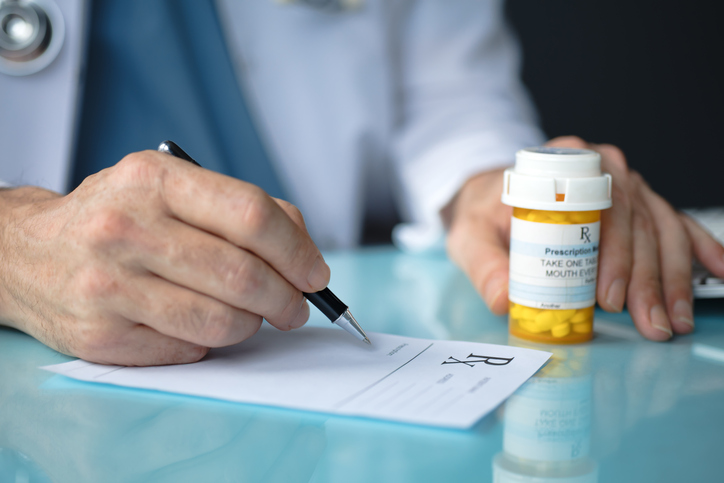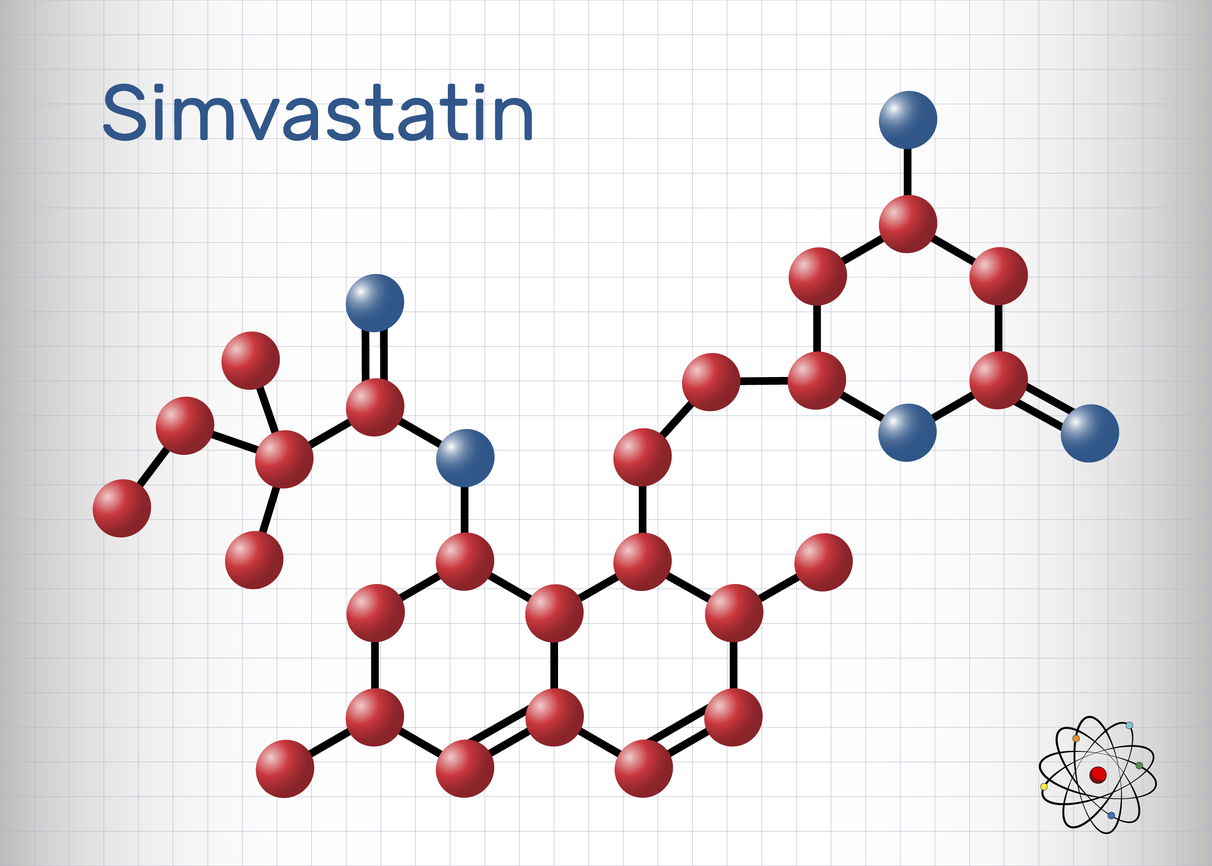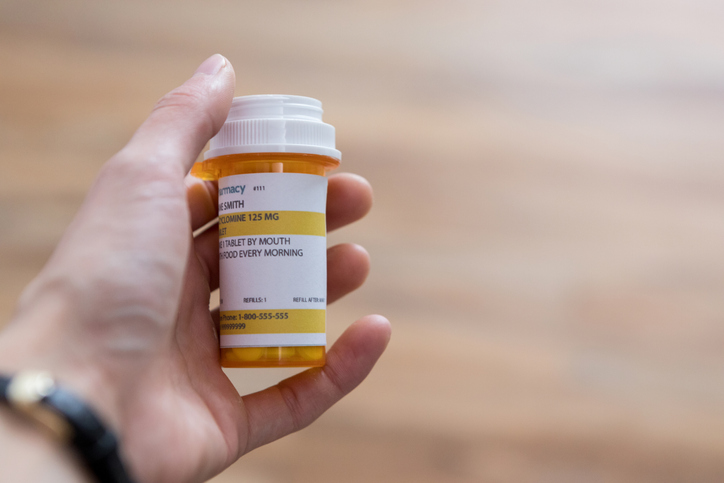Pain
7 At-Home Treatments for Complex Regional Pain Syndrome (CRPS)
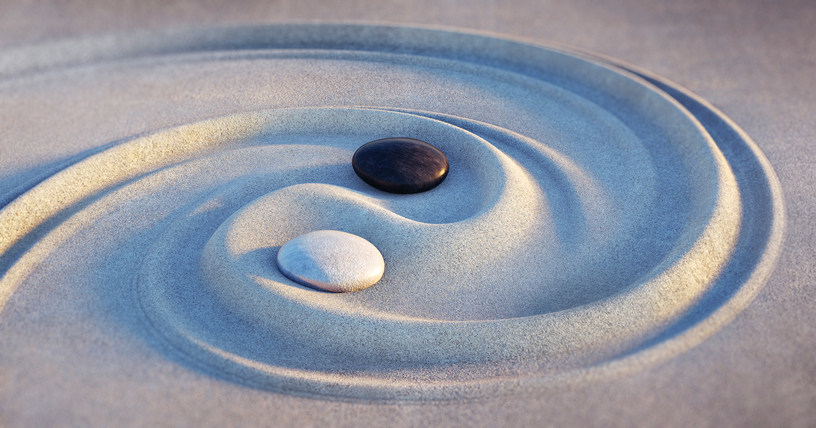
What is complex regional pain syndrome (CRPS)?
Complex regional pain syndrome (CRPS), also called reflex sympathetic dystrophy syndrome (RSDS), is a type of chronic pain condition. It typically occurs after an injury and affects one limb (arm, leg, hand or foot). Though complex regional pain syndrome is not yet completely understood, it is believed that CRPS develops when the central or peripheral nervous system is damaged or malfunctions. It may also be caused by an immune system response. Treatment for complex regional pain syndrome can be complex. Oftentimes, an individually tailored combination of treatments is most effective.
At-home treatments
Many at-home treatment options for CRPS are available. Combining traditional medical treatments, complementary and/or alternative treatments and at-home treatments provides the best outcome for CRPS symptom reduction. An individual should consult their health care provider before trying any at-home treatments.
Over-the-counter medications
Medications, such as aspirin, ibuprofen or naproxen, help reduce inflammation and decrease pain levels. Topical anesthetic creams and patches containing lidocaine or capsaicin block nerve signals in the body.

Meditation
Meditation options, such as mindfulness meditation, transcendental meditation and guided meditation, often ease chronic pain associated with CRPS. Meditation helps reduce pain by decreasing stress, improving mood and easing anxiety. A therapist or behavioral psychologist can provide customized meditation techniques to meet an individual’s needs. Numerous meditation options are also available online, including in PainScale’s meditation section.

Yoga
Yoga provides numerous health benefits. It increases flexibility, strength and relaxation while reducing stress. Due to the complexity of CRPS, yoga poses should be customized based on an individual’s ability. Individuals interested in yoga should consult a yoga instructor who has expertise in working with individuals with disabilities or a physical therapist who specializes in yoga.

Temperature therapy
Heat therapy relaxes the muscles and warms the cool skin that often accompanies CRPS. Individuals should be careful not to apply too much heat for too long. Ice or cold therapy should be avoided as it can worsen CRPS symptoms (regardless of any short-term relief).

Transcutaneous electrical nerve stimulation (TENS)
TENS units are often used to reduce pain associated with CRPS. A TENS unit is a small battery-operated device with electrodes that are placed on the skin. It works by sending a small electrical current to affected nerve endings which blocks pain signals from traveling to the brain.

Self-Care
Self-care is an important part of living with CRPS. Individuals should maintain daily activities as much as physically possible, talk with family and friends to explain their condition, get emotional support, continue partaking in hobbies or interests as much as physically possible and pace themselves while performing daily routine tasks.

Support groups
Support groups, whether online or in-person, are often helpful for individuals with CRPS. Engaging with others who have the same condition provides both emotional and practical support. The Reflex Sympathetic Dystrophy Syndrome Association (RSDSA), a 501 3c nonprofit organization, provides support for individuals with CRPS/RSD. For more information or to find a support group, visit https://rsds.org/.




